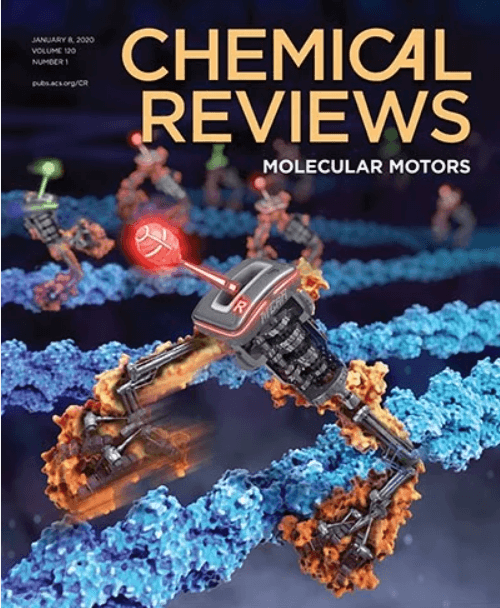How to Assess and Predict Electrical Double Layer Properties. Implications for Electrocatalysis
IF 51.4
1区 化学
Q1 CHEMISTRY, MULTIDISCIPLINARY
引用次数: 0
Abstract
The electrical double layer (EDL) plays a central role in electrochemical energy systems, impacting charge transfer mechanisms and reaction rates. The fundamental importance of the EDL in interfacial electrochemistry has motivated researchers to develop theoretical and experimental approaches to assess EDL properties. In this contribution, we review recent progress in evaluating EDL characteristics such as the double-layer capacitance, highlighting some discrepancies between theory and experiment and discussing strategies for their reconciliation. We further discuss the merits and challenges of various experimental techniques and theoretical approaches having important implications for aqueous electrocatalysis. A strong emphasis is placed on the substantial impact of the electrode composition and structure and the electrolyte chemistry on the double-layer properties. In addition, we review the effects of temperature and pressure and compare solid–liquid interfaces to solid–solid interfaces.

如何评估和预测双电层特性?对电催化的影响
电双层 (EDL) 在电化学能量系统中发挥着核心作用,影响着电荷转移机制和反应速率。EDL 在界面电化学中的根本重要性促使研究人员开发出评估 EDL 特性的理论和实验方法。在本文中,我们回顾了评估 EDL 特性(如双层电容)的最新进展,强调了理论与实验之间的一些差异,并讨论了协调这些差异的策略。我们进一步讨论了对水电催化具有重要影响的各种实验技术和理论方法的优点和挑战。我们特别强调了电极组成和结构以及电解质化学对双电层特性的重大影响。此外,我们还回顾了温度和压力的影响,并将固液界面与固固界面进行了比较。
本文章由计算机程序翻译,如有差异,请以英文原文为准。
求助全文
约1分钟内获得全文
求助全文
来源期刊

Chemical Reviews
化学-化学综合
CiteScore
106.00
自引率
1.10%
发文量
278
审稿时长
4.3 months
期刊介绍:
Chemical Reviews is a highly regarded and highest-ranked journal covering the general topic of chemistry. Its mission is to provide comprehensive, authoritative, critical, and readable reviews of important recent research in organic, inorganic, physical, analytical, theoretical, and biological chemistry.
Since 1985, Chemical Reviews has also published periodic thematic issues that focus on a single theme or direction of emerging research.
 求助内容:
求助内容: 应助结果提醒方式:
应助结果提醒方式:


